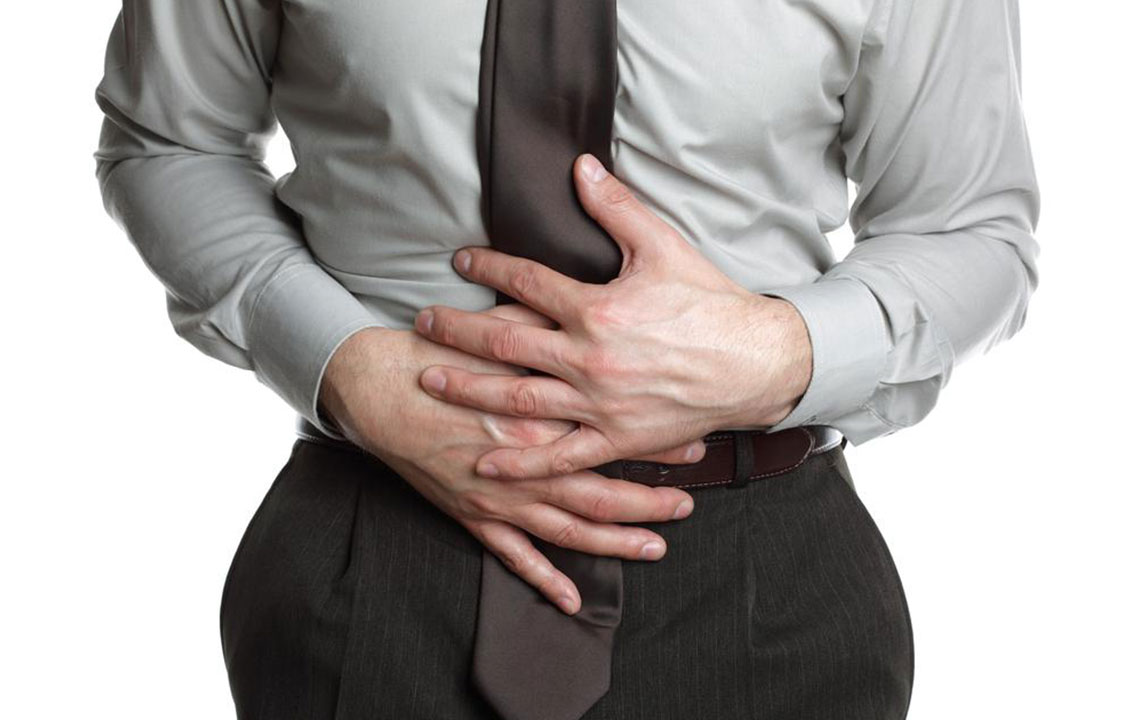Symptoms and Treatment for External Hemorrhoids

Hemorrhoids are swollen blood vessels in the anal canal. External hemorrhoids refer to enlarged veins beneath the surface of the anal skin. You can see and feel external hemorrhoid as the blood clot surrounds the surface of the anus. External hemorrhoids are not serious but are very painful. The most common causes of external hemorrhoids are prolonged sitting on the toilet, chronic constipation and straining during the bowel movements.
All of these cause enlargement of the veins outside the surface of the anus, causing external hemorrhoids. They disturb the blood flow to and from that area resulting in swollen blood vessels. Constipation tightens the muscles of the anal canal that are smooth. This strain causes pain and bleeding during the bowel movement. The connective tissue that connects the anus muscles also weaken with age, thereby increasing the swelling outside the surface. When you pressurize the veins of the pelvic and rectal area, it can also lead to external hemorrhoids as the muscles tighten.
Symptoms of external hemorrhoids
There are four main symptoms of external hemorrhoids:
- The first and foremost is itching around the surface of the anus. This is because hemorrhoids cause swelling and irritation in the rectal area, and develop an urge to itch. But the symptom gets worse with itching as disturbing the swelling makes the anus grow further.
- There is constant pain around the anus. The external hemorrhoids result in affecting the anus and rectal areas. The pain is not severe but can get unbearable at times.
- Swelling of the anal skin causes lumps. These lumps are blood clots that cause swelling and pain. Lumps, when inflating with pus around the anus, make the symptoms worse.
- One another major symptom is bleeding while using the washroom. If you find thick blood stains on the stool, then you are probably suffering from external hemorrhoids that are mainly caused due to a weaker digestive track.
Diagnosis
External hemorrhoids are the easiest to be diagnosed as they are visible. Since they affect the surface of the anal skin, you can easily check for the case of external hemorrhoids. However, the simplest way to check is by checking the medical history. If you have suffered from repeated cases of hemorrhoids or have complained of regular pain while using the washroom, then there are higher chances of you suffering from it again.
The next step is a simple rectal exam that is nothing but checking for blood in the stool. If there are blood stains on the stool after your bowel movements, then it is a positive result of external hemorrhoids. Another check is done with the anoscope, in which a tube with illumination is inserted into the anal skin. Colonoscopy may be performed to rule out any other cause of bleeding, for example, cancer or colorectal polyps.
It is very important to diagnose external hemorrhoids as it can lead to anus cancer in the worst cases. The major reason why doctors follow the lumps carefully is that these lumps are very common in many cases such as colorectal polyps and cancer.
This is a common case in women due to their biological structure. Men are less often affected by it as compared to women. You should not take any pain caused during a bowel movement lightly as that might worsen the symptom, and diagnosis will be delayed, that might lead to massive swelling around the surface of the anal skin.
Treatment options
Treatment of external hemorrhoids differs from person to person depending on the body type and severity of the disease. Below are certain remedies to cure the swollen blood vessels:
Fiber foods : The simplest remedy to cure external hemorrhoids is to consume more fiber foods as they are known to soften the anal muscles. Once the anal muscles soften, there will not be much pressure on the hemorrhoids, thus reducing the swelling and the pain at the time of bowel movement.
Exercise : It becomes imperative to maintain a healthy lifestyle to treat external hemorrhoids. Walking for 20-30 minutes every day will keep the anal muscles active and will also stimulate appropriate bowel function.
Ice packs : Ice packs and hazel wipes soothe the swelling and give you instant relief from pain. This can be done twice a day as it has no side effects and is considered as simple home remedies.
Creams : Creams containing hydrocortisone are also effective as they have local anesthetic properties, and provide instant pain relief. They also help reduce the swelling (depends on the severity of the hemorrhoids).
Hemorrhoidectomy : This is the procedure of removing external hemorrhoids and might be a painful process but cures external hemorrhoids in 95% of the cases. It would take you 7-10 days after the surgery to get back to the normal routine.
Band : Another simple method is to band the swelling surface. This prevents further swelling and cures tissues around the canal surface. Complications are rare but the procedure is long as it might take 6-8 weeks to heal completely.
External hemorrhoids are common and can be prevented by a healthy lifestyle, which is most basic to human care.


